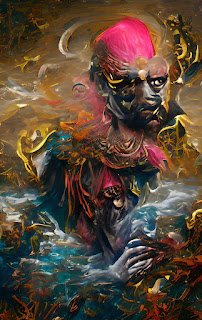Border Crossings: Foucault, Philosophy and Fiction

"Border Crossings: Foucault, Philosophy and Fiction": my contribution to Finding Philosophers in Global Fiction: Redefining the Philosopher in Multi-cultural Contexts (2024) Eds., Anway Mukhopadhyay, Saptarshi Mallick, Debashree Dattaray. Bloomsbury Publishing " What does Foucault’s philosophy tell us about fiction? What does fiction reveal about Foucault’s philosophy? Debates about Foucault’s ideas typically revolve around disputes about their philosophical veracity, legitimacy, or credibility, with widely divergent critical responses ranging from unqualified admiration to outright hostility. Noting how these reactions in critical discourse verge either on the hagiographic or the hostile, the respectful or savagely satirical, it is argued that Foucault’s writings can helpfully illuminate the taxonomic power dynamics in a range of satirical and humorous texts. Two postmodern novels by A.S. Byatt and Patricia Duncker are also discussed, examining wider idea


